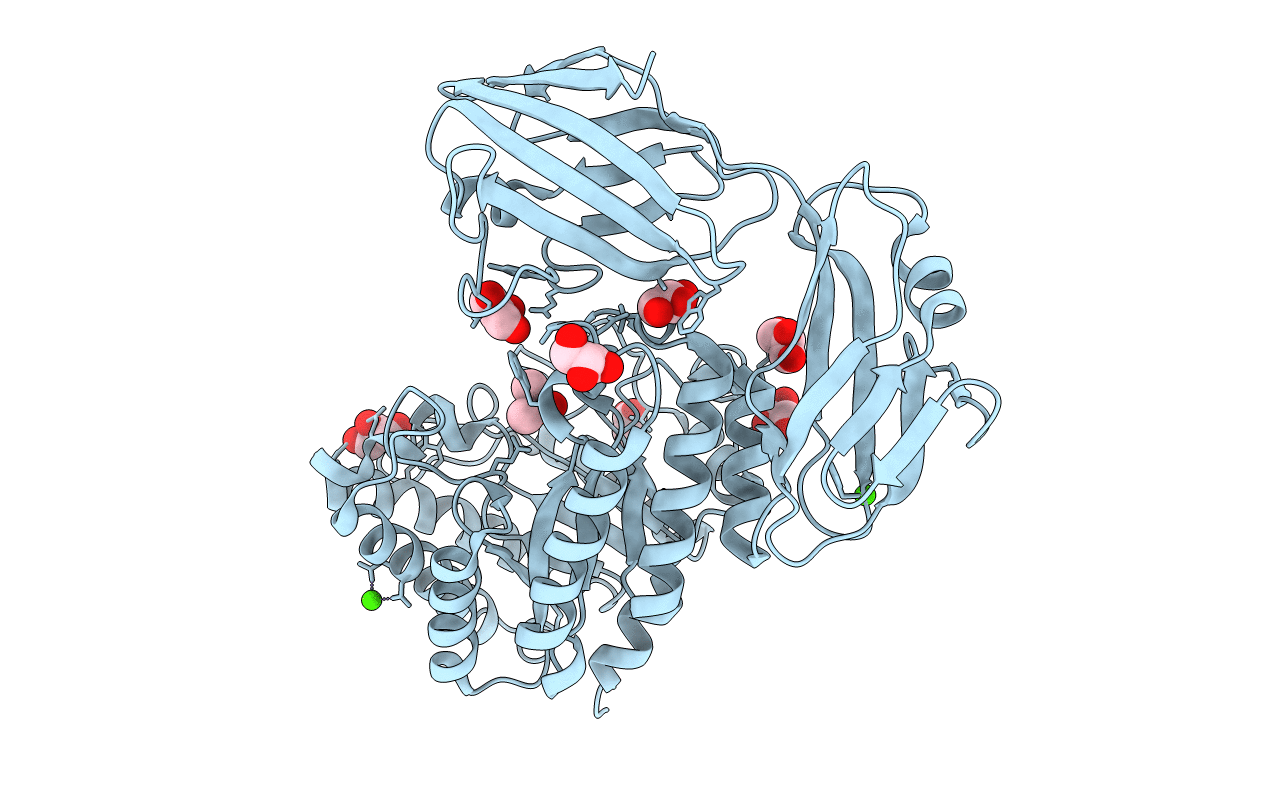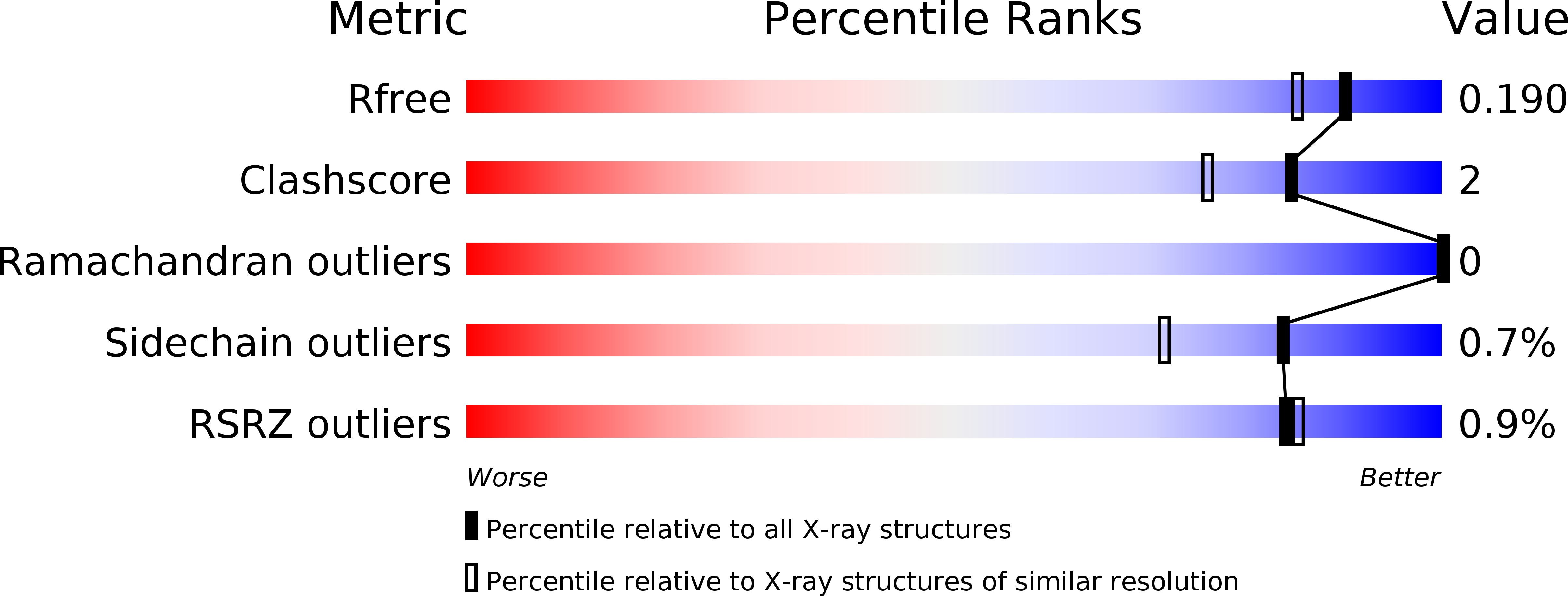
Deposition Date
2014-10-15
Release Date
2015-02-25
Last Version Date
2024-01-10
Entry Detail
PDB ID:
4V2X
Keywords:
Title:
High resolution structure of the full length tri-modular endo-beta-1, 4-glucanase B (Cel5B) from Bacillus halodurans
Biological Source:
Source Organism:
BACILLUS HALODURANS (Taxon ID: 86665)
Host Organism:
Method Details:
Experimental Method:
Resolution:
1.64 Å
R-Value Free:
0.18
R-Value Work:
0.15
R-Value Observed:
0.15
Space Group:
P 21 21 2


